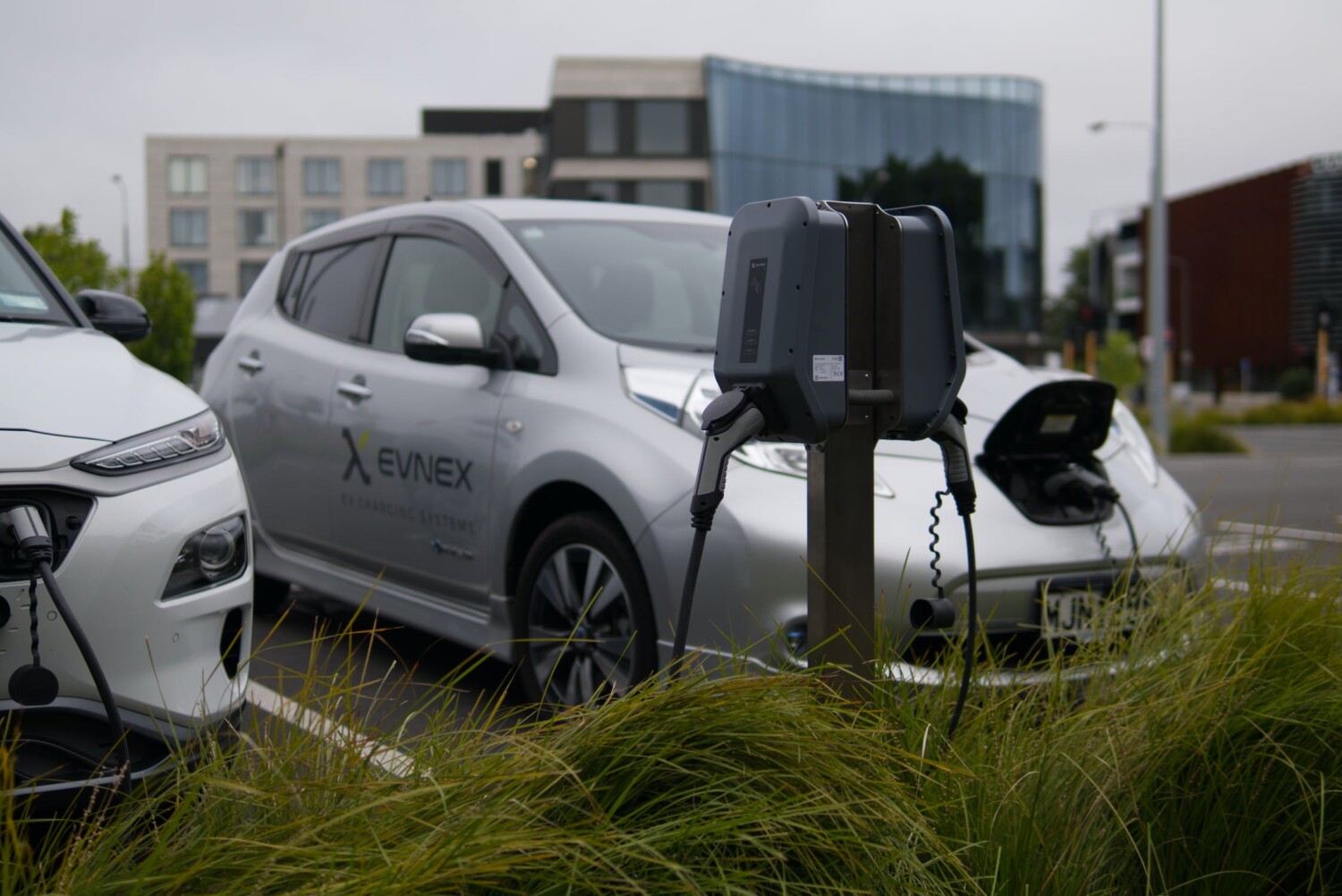By covering the expense of injuries and damage to property or cars, auto insurance can help shield you from the unforeseeable.
The many forms of protection and advantages that an auto insurance policy might offer are referred to as car insurance coverage kinds. These coverage options give various levels of financial security against numerous dangers and occurrences that can result in harm to your car, injuries to you or others, or additional costs. Several layers of coverage, including liability, collision, comprehensive, uninsured/underinsured motorist, and medical payments/personal injury protection insurance, are often included in a conventional auto insurance policy. Here are some typical coverage kinds, though they may differ based on the insurance provider and the jurisdiction
1. Liability Coverage
This is the most basic and mandatory type of car insurance in many places. It covers bodily injury and property damage you may cause to others in an accident. It doesn’t cover your own injuries or vehicle damage. In the event that you are sued, your liability insurance will pay for things like medical and auto repair costs, lost wages, and defense costs. Most states have laws requiring a minimum level of liability insurance.
2. Collision Coverage
This type of coverage pays for damage to your vehicle resulting from a collision with another vehicle or object, regardless of who’s at fault, If you crash with another car, an animal, an object, or a pothole, your automobile will be covered by collision insurance.
3. Comprehensive Coverage
Comprehensive coverage helps cover damage to your vehicle caused by events other than collisions. This could include theft, vandalism, natural disasters, falling objects, and more. Any damage to your car that isn’t the result of an accident, such as vandalism, theft, fire, or tornado damage, is covered by comprehensive insurance. It also addresses the maintenance or replacement of a cracked or broken windscreen.
4. Personal Injury Protection (PIP) or Medical Payments
PIP and medical payments coverage provides compensation for medical expenses, lost wages, and other related costs if you or your passengers are injured in an accident, regardless of who’s at fault. After a collision, the coverage pays to treat your injuries as well as those of anyone else in your automobile.
5. Uninsured/Underinsured Motorist Coverage
If you’re in an accident with a driver who doesn’t have insurance or doesn’t have enough insurance to cover your losses, this coverage can help pay for your expenses. If an accident is caused by a driver who is uninsured or has insufficient insurance, this coverage pays for your bodily injury and property damage. It might also cover other costs for you and your passengers, such as missed wages and medical bills.
6. Custom Parts and Equipment Coverage
If you’ve added custom parts or equipment to your vehicle, this coverage can help cover the cost of repairing or replacing those items if they’re damaged.
Getting the right coverage for your car
When it comes to auto insurance, there is no one solution that fits all. The right auto insurance for you and your budget may depend on where you live, how you drive, and what kind of car you drive.
Many internet quote generators enquire about your residence and driving patterns in order to make coverage recommendations that are worthwhile. To make apples-to-apples comparisons when comparing vehicle insurance rates, be sure to select the same coverage for each quote.
It’s important to carefully review and understand the different coverage types available to you and choose the ones that best fit your needs and budget. Insurance requirements and options can vary by location, so make sure to consult with an insurance professional or agent to determine the right coverage for your situation.
